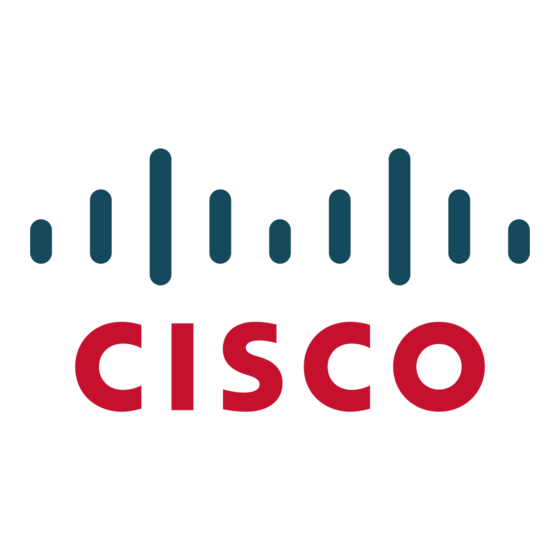ADSL broadband connection (Asymmetric network bandwidth)
if you have a system located in a home office or connected to an ADSl (Asymmetric Digital Subscriber
line), the bandwidth available for communication is different in each direction. Usually the downstream
rate (data coming to you) is far greater than the upstream rate. On the system you can configure a lower
upstream rate so your upstream link is not flooded with too much data causing packet loss.
To set this go to
Configuration -> System Configuration -> Conference 1 -> General Settings
MaxTotalTransmitCallRate
to a value that will fit with your upstream rate. Enter the value in kbps. The
value should be 20% less than the available upstream bandwidth as this figure is just for the video and
audio traffic and does not account for call signaling and packetization data overheads.
Implementing QoS (Quality of Service)
Another way to deal with packet loss is to implement QoS in your network so that the video conferenc-
ing traffic is prioritized over other data. QoS has to be implemented throughout the entire network for
this to be effective. Some suggested QoS values are shown below.
PHB
Video and Audio Media
AF41
Signalling
CS3
Data
AF21
NTP
Best Effort
ICMPv6
Best Effort
You can enter the settings under
Configuration -> System Configuration -> Network 1 ->
D15029.01 Troubleshooting Guide TC6.0, April 2013.
DSCP (Diffserv Value)
34
24
18
0
0
One way video or audio
A common cause of video or audio being sent in only one direction (on systems that are known to work
– cameras and microphones confirmed working at both ends) is that there is a firewall between the
systems that is inspecting packets. please raise a support case or involve your network technical team.
and set
Interoperability issues
if the far-end system is from another manufacturer or a different generation of products, its capabilities
may be less than what your system is capable of. Therefore the quality of images when calling these
systems can be degraded compared to a normal call between similar systems.
When the two systems initially connect they exchange what their capabilities are so that unsupported
media formats are not transmitted between them. if you are experiencing problems it is worth experi-
menting with calls at differing bandwidths and also perhaps try different call protocols (H.323 and Sip)
to see if there are any differences.
The call status information is useful to see what is being sent and received. The easiest place to look
is on the Call Status screen on the Touch panel and the System Information page using the remote.
To see these statistics using the web interface go to
the participant you are calling to expand the details. Now you can see information for the incoming
and outgoing audio and video streams. As you can see in the image below, the system is transmitting
video using H.264 at 720p (1280 x 720) resolution at 30 frames per seconds (30 Hz) and is receiving
the same. The audio codec is AAC-lD. Using this information you can see what affects the different
settings (call rate, protocol) have on calls.
QoS.
The release notes for TC6.0 detail what equipment our systems have been tested with and any limita-
tions known to exist – see "Appendix A - Other sources of information" on page 31.
There is a Cisco Telepresence interoperability database where you can see what equipment has been
tested against certain software releases. For more information see
9
Troubleshooting Guide TC6.0
Call Control -> Call Control
and select the under
http://www.cisco.com/go/tp-interop.
Copyright © 2013 Cisco Systems, Inc. All rights reserved.

